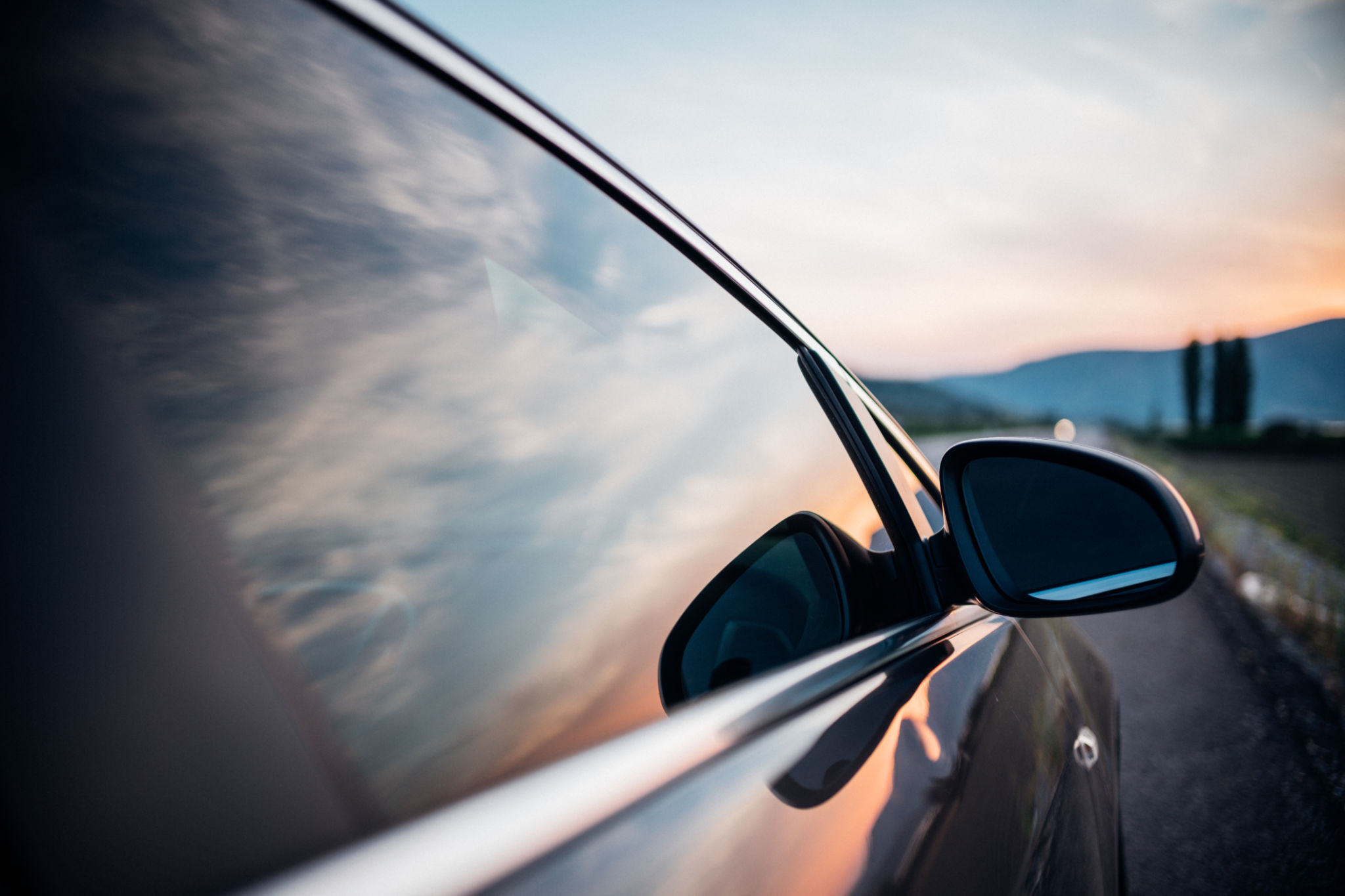Frequently Asked Questions About Car Window Tinting in Illinois
Da
What Is Car Window Tinting?
Car window tinting involves applying a thin laminate film to a vehicle's glass to darken it. This can be done for several reasons, including privacy, UV protection, reducing heat, and aesthetic appeal. The tint is available in various shades and materials, allowing car owners to choose the level of darkness and protection they desire.
In Illinois, car window tinting is popular due to the benefits it offers in terms of comfort and protection against the sun's harmful rays. However, there are specific regulations that must be adhered to, ensuring that your tinted windows are compliant with state laws.

What Are the Legal Tint Limits in Illinois?
In Illinois, the law specifies how dark or reflective your car window tint can be. For sedans, the front side windows must allow over 35% of light in. The back side windows and rear window can have any darkness level. For SUVs and vans, the front side windows must also allow over 50% of light in, while there are no restrictions on the back side and rear windows.
It is crucial to adhere to these regulations to avoid potential fines or being asked to remove the tint. Additionally, some exemptions apply for medical reasons, allowing for darker tints with proper documentation.
What Are the Benefits of Car Window Tinting?
Car window tinting comes with a host of benefits. Privacy and security are enhanced as the tinted windows make it difficult for outsiders to see inside the vehicle. UV protection is another significant advantage, as the film blocks harmful ultraviolet rays from penetrating the glass, safeguarding passengers and the vehicle's interior.

Furthermore, tinted windows help keep your car cooler by reducing heat buildup, which can be particularly beneficial during the hot summer months. This not only improves comfort but can also enhance fuel efficiency by reducing the need for air conditioning.
How Is Window Tinting Installed?
The process of installing window tint involves cleaning the windows thoroughly before cutting the tint film to fit each window precisely. The film is then applied using a special adhesive and smoothed out to remove air bubbles. Professional installers have the tools and expertise to ensure a perfect fit and finish.
It's recommended to have tinting done by experienced professionals to avoid common issues such as bubbling, peeling, or mismatched cuts that can occur with DIY installations.

How Do I Maintain Tinted Windows?
Maintaining tinted windows is relatively straightforward but requires some attention to detail. After installation, you should avoid rolling down your windows for a few days to allow the adhesive to set properly. When cleaning, use a soft cloth and a mild cleaner that does not contain ammonia, as harsh chemicals can damage the tint.
Regular maintenance will help preserve the quality of the tint and extend its lifespan. It's also essential to check for any signs of peeling or bubbling over time and address these issues promptly to prevent further damage.
Can Tinted Windows Affect Car Insurance?
Tinted windows generally do not affect car insurance premiums directly. However, non-compliance with tint laws can lead to fines that might indirectly impact your insurance rates over time if violations are frequent or severe.
It's always a good idea to inform your insurance provider about any modifications you make to your vehicle, including window tinting, to ensure you have the appropriate coverage and avoid any potential issues.
